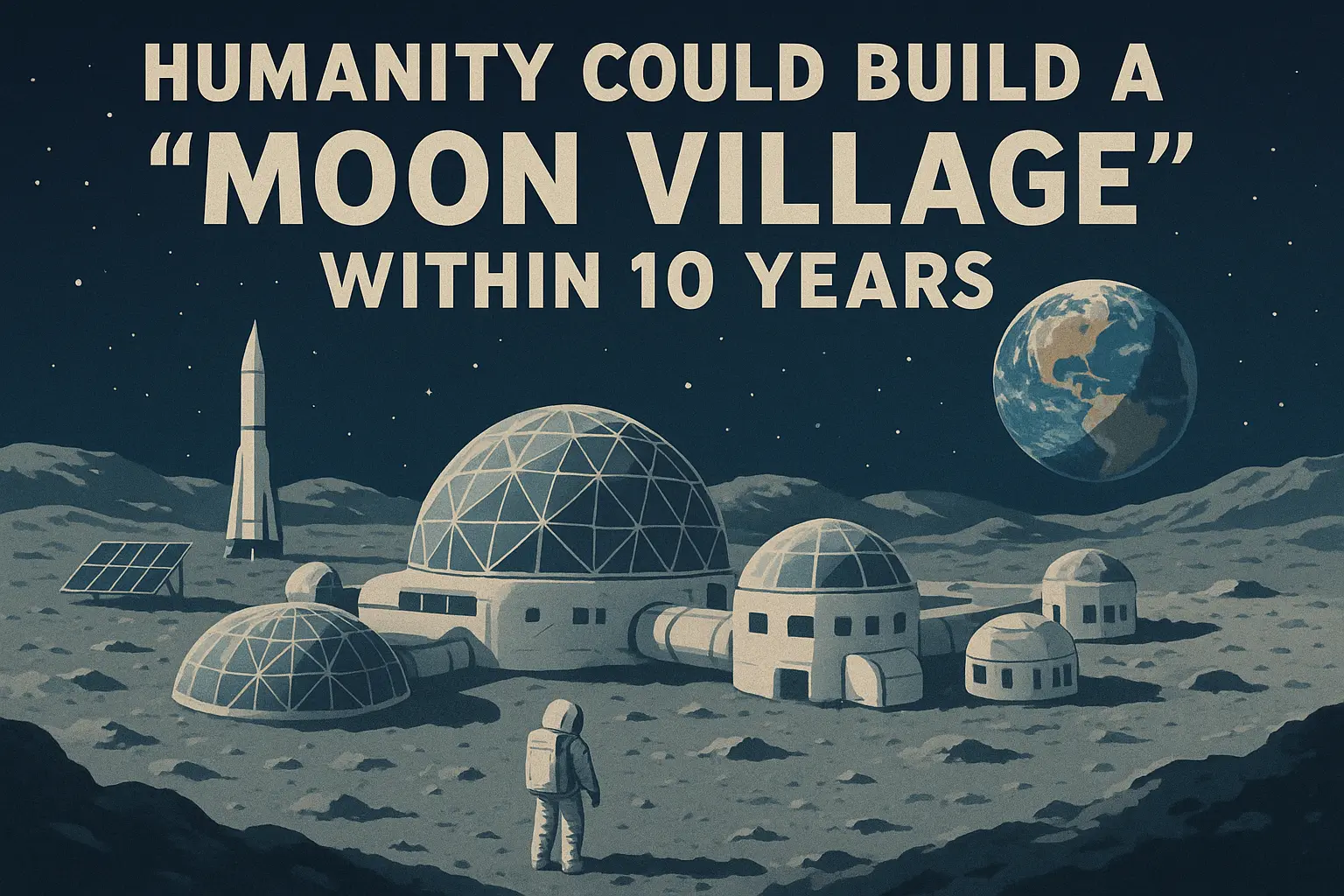At the International Astronautical Congress (IAC) 2025 in Sydney, NASA and global space agencies shared their future goals for the Moon and Mars. NASA revealed plans to establish a nuclear-powered “village” on the Moon within the next decade.
NASA’s Bold Lunar Vision
Sean Duffy, a NASA official, announced that if the U.S. space strategy succeeds, a permanent Moon village could be constructed and operated within ten years. Unlike a temporary base, this settlement would be designed for continuous human habitation and powered by nuclear energy.
Recently, NASA called on commercial partners to help develop a nuclear reactor for lunar deployment—marking a crucial step toward long-term survival beyond Earth.
Duffy emphasized that the U.S. seeks peaceful exploration:
“We are not here to conquer anyone’s land. Our mission is peaceful cooperation,” he said.
Mars: The Next Frontier
Alongside lunar ambitions, NASA reaffirmed that significant progress is expected in Mars exploration within the next decade. According to Duffy, humanity is “very close” to setting foot on the Red Planet.
IAC 2025: A Global Stage for Space Collaboration
This year’s IAC theme, “Sustainable Space: A Resilient Earth”, brought together space leaders from the U.S., Europe, Canada, Japan, China, and India. Russia’s absence, despite its historic role in space exploration, was notable.
Each agency shared a unique perspective on sustainability in space:
- ESA (Europe): Director Josef Ashbacher stressed open access to Earth observation data to support climate action.
- ISRO (India): President V. Narayanan said their top priority is securing food and water resources in space.
- CSA (Canada): Lisa Campbell highlighted investments in biodiversity research, allocating 5 million Canadian dollars.
- JAXA (Japan): Dr. Hiroshi Yamakawa announced the launch of a third greenhouse gas observation satellite.
- CNSA (China): Vice Director Zhigang Bian revealed that China has launched 500 Earth observation satellites and is advancing in space debris management.
Tackling the Space Debris Crisis
One of the key challenges discussed was the growing space debris problem.
- Japan’s Astroscale company aims to capture and remove a satellite from orbit within three years.
- China is developing active debris removal technologies and better space traffic management.
- Experts agreed that only international cooperation can solve the issue in time.
LUPEX: A Joint Mission for the Moon
Collaboration remains central to space sustainability. Japan and India announced their LUPEX (Lunar Polar Exploration) mission, which will deploy a 6,800 kg lander and a 300 kg rover to the Moon’s surface—significantly larger than India’s Chandrayaan-3 mission.

